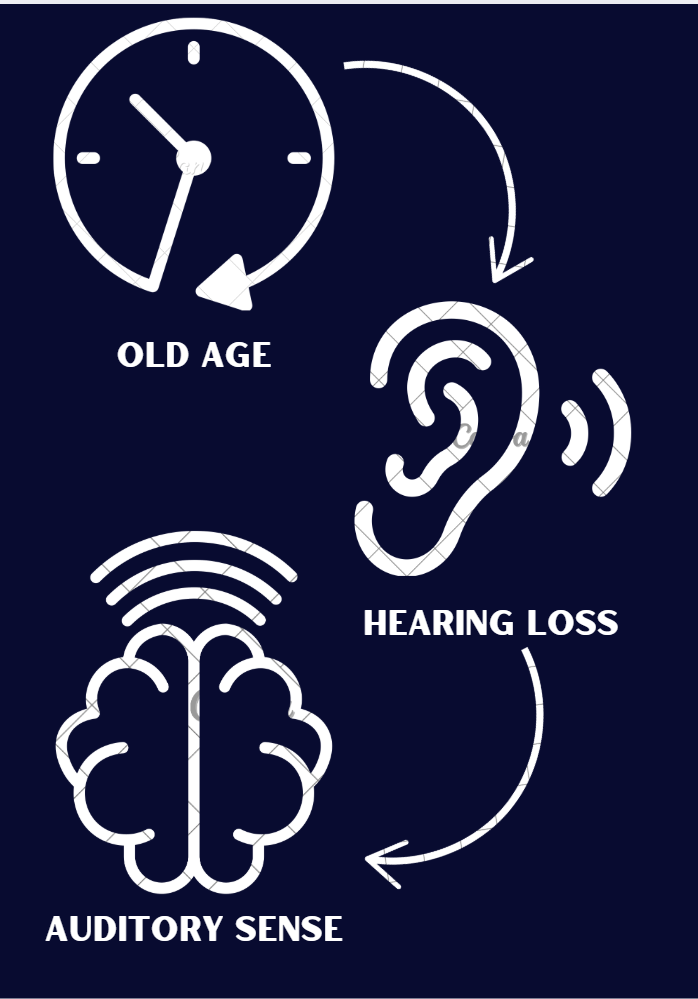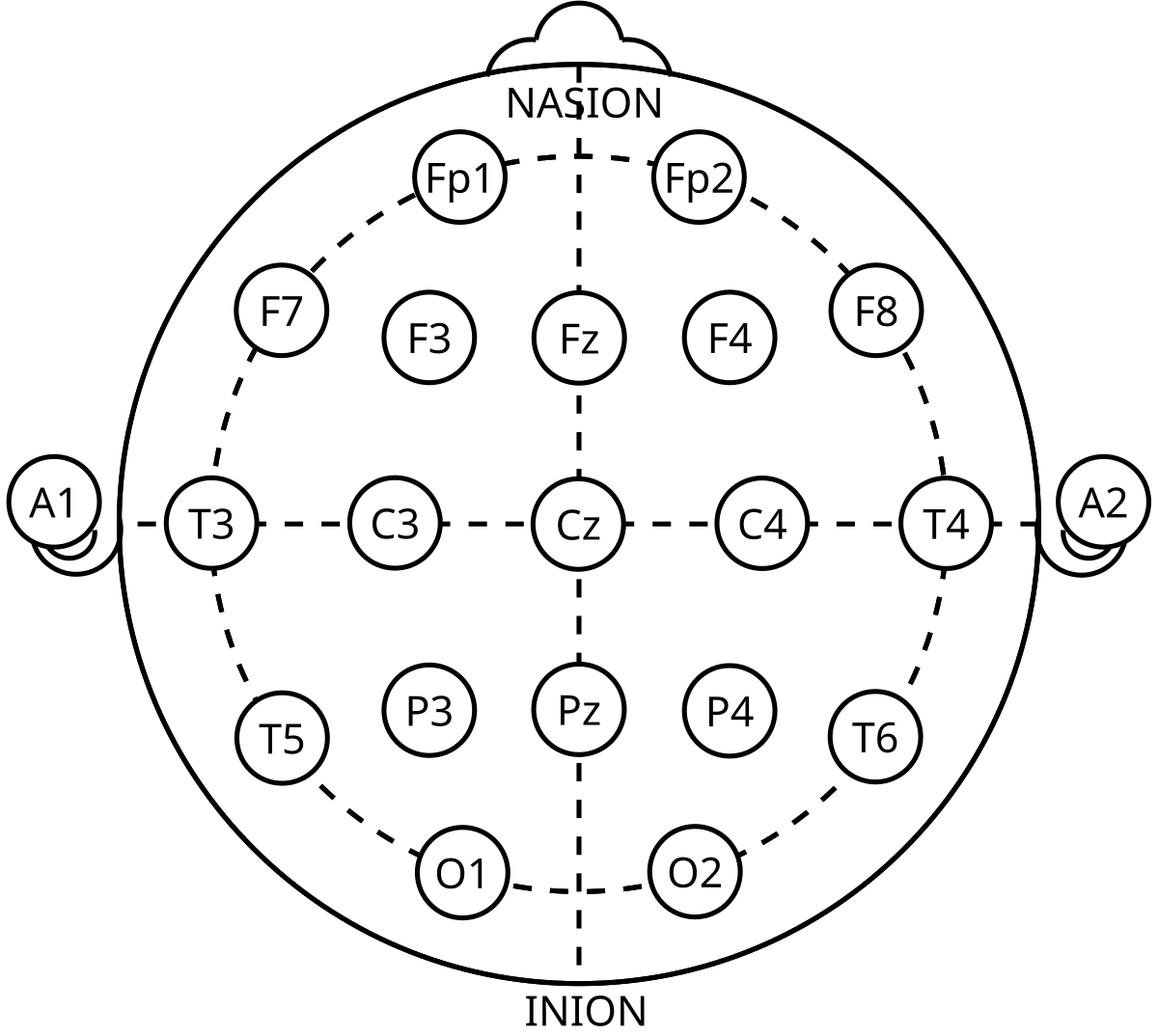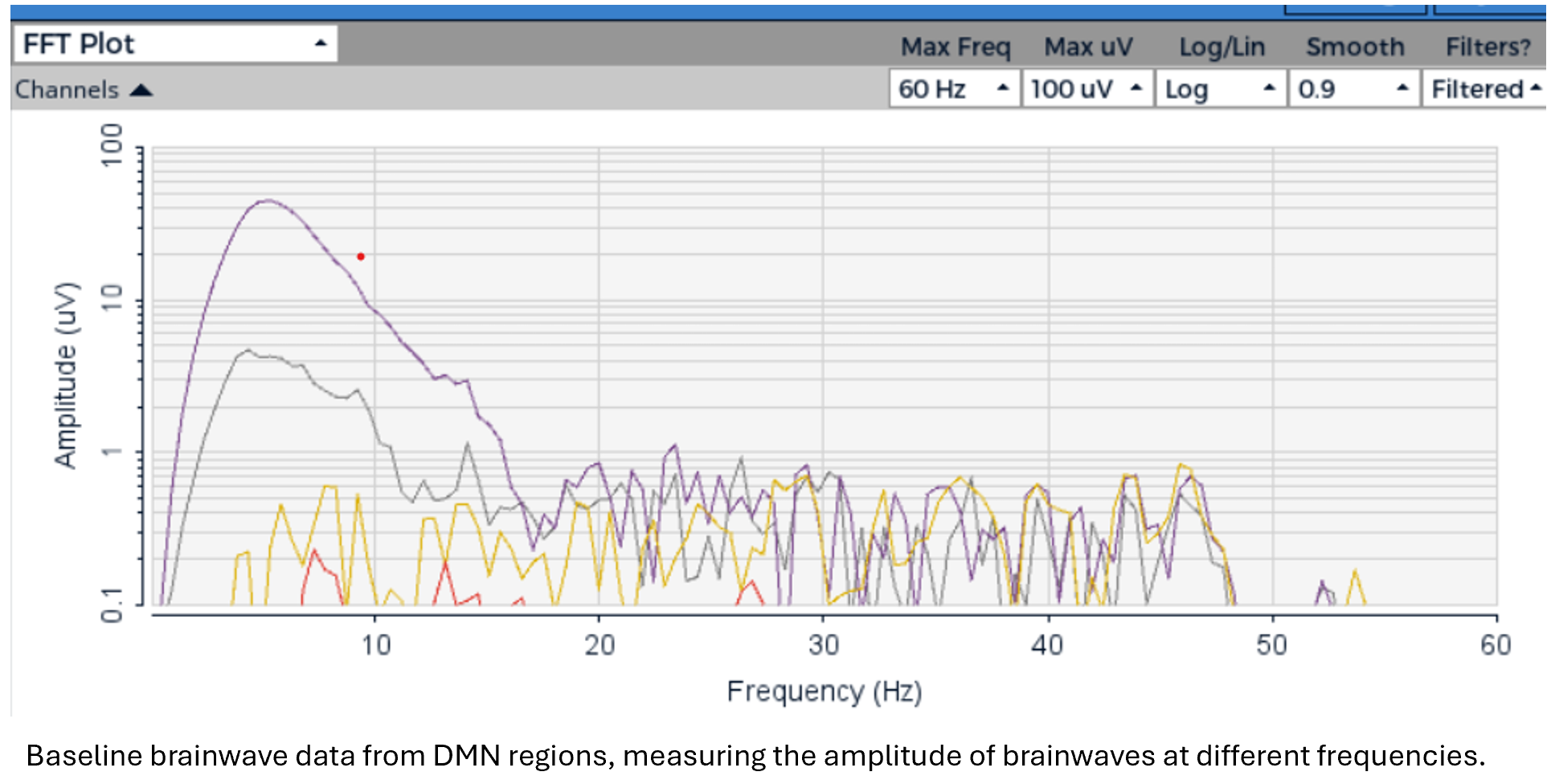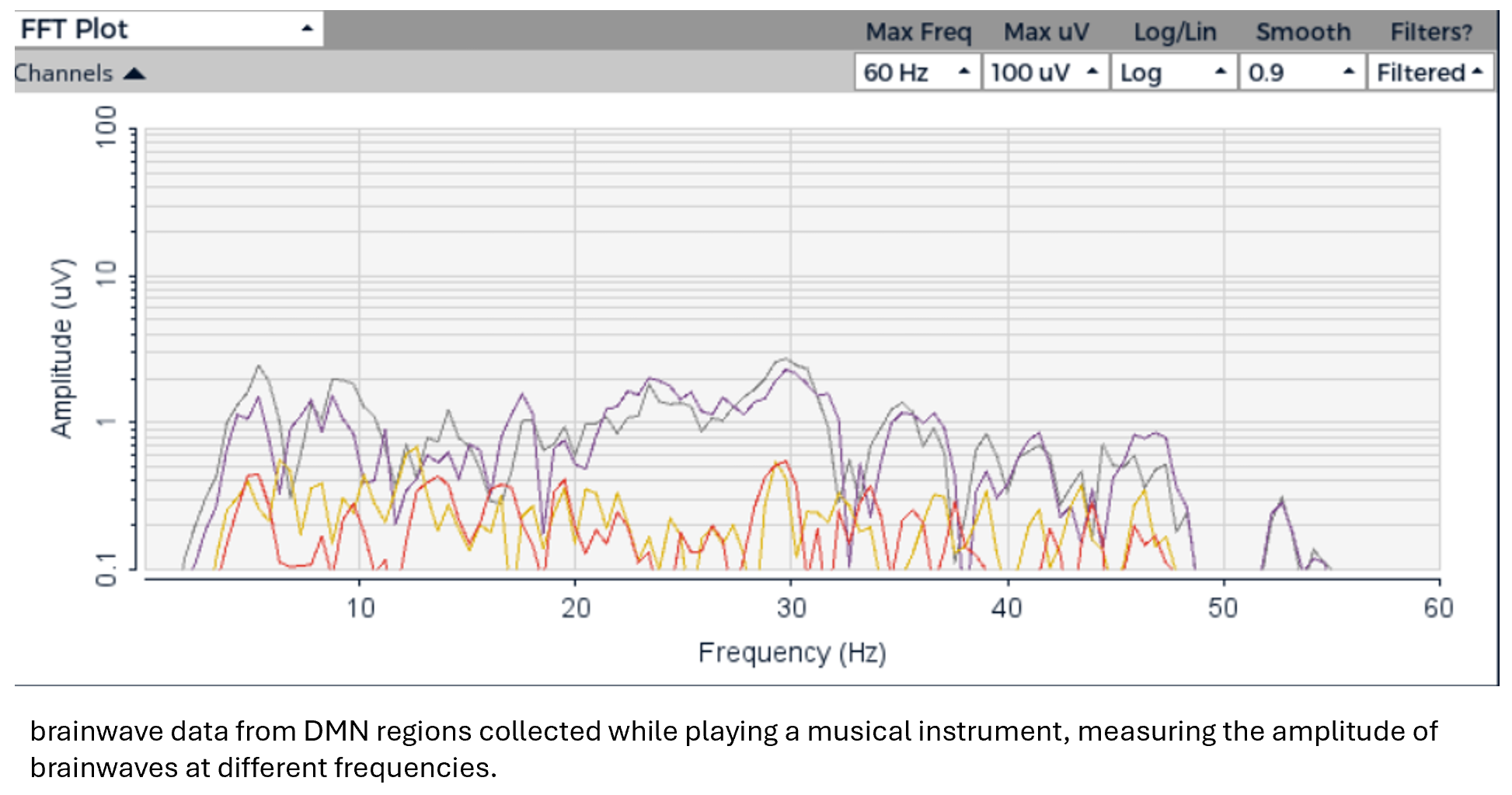
My project surrounds hearing loss, and how participating in music, and musical education could reduce the effects of hearing loss as a result of aging. It also discusses whether these benefits are caused by preservation or compensation.
STEM I occurs during the first three quarters of the school year, and follows the Independent Research Project, where students design and pursue their own studies with a researchable question, an engineering need, or a mathematical conjecture. These projects are presented in two fairs, one in December and the other in February, with improvements made to data and presentation.

My project surrounds hearing loss, and how participating in music, and musical education could reduce the effects of hearing loss as a result of aging. It also discusses whether these benefits are caused by preservation or compensation.
With observed connections between music and brain function, there have been studies surrounding the recent hypothesis that those involved in some form of music, whether through career or hobby, are more likely to retain sensorimotor regions of the brain and audiovisual capabilities, as well as develop compensation to the regression of such areas. The current study will extend the research done to obtain these hypotheses by additionally researching how these effects can be seen in all ages, specifically adolescents. This will give insights into when during a person’s musical training these benefits to hearing can occur, and whether these effects are a result of compensation, meaning that other brain areas are assisting in hearing, or if these effects are due to preservation, meaning that the brain areas used for hearing are maintained. This study will also add the additional study of certain brain regions called default mode networks, to see if they have any connection to music as a whole. These regions handle actions that are familiar and don’t need full attention, so the discovery of the effect from these regions on music, and musical training will give additional insights into how music affects the brain, and its functions. The expected result is that those with musical training are more likely to retain hearing through age and have greater deactivation of the default mode networks.

Link: Research Proposal
1. Can musical training be used to help prevent hearing loss?
2. Are these benefits caused by compensation or
preservation?
1. There will be a positive correlation between an increase in
musical training and an increase in hearing
2.There will be
a positive correlation between an increase in musical training and a
decrease in default mode network actiity.

Problem Statement:
Hearing loss is an issue that many
people struggle with, especially with age. About 14% of all adults
suffer from hearing loss (Hoffman et al, 2016). This issue has
significant effects on a person’s daily life, and can even lead to
safety issues with special awareness and social environments.
While it has been shown in previous studies, specifically the 2023
study “Successful aging of musicians: Preservation of sensorimotor
regions aids audiovisual speech-in-noise perception.” By Lei Zhang et
al., that music can be beneficial in reducing hearing loss with age,
it is not clear whether this is due to preservation, or compensation.
Hearing being assisted through preservation means that participating
in music throughout one’s life can help maintain a person’s level of
hearing. Hearing being assisted through compensation means that by
participating in music, the brain recruits other areas of the brain
to assist in the processing of auditory information and therefore
maintain an above average level throughout life.
It will
hopefully be relatively clear from the results of this study whether
this aid to hearing is due to preservation or compensation, since
having the hearing results from younger musicians will tell us if
their hearing level is maintained or improved.
It has also
been shown that music can affect the brains development, seen in the
2009 study by Kristina Hyde titled " Musical Training Shapes
Structural Brain Development” where brain development was recorded
both with and without musical training. This study will additionally
look at music’s effects on the brain, by observing the changes in
brain activity in certain regions known as default mode networks that
handle brain functions surrounding the processing of sensory
information inactively. With these brain regions mostly handling
information and situations that are familiar and do not require
focus, it is the goal of this section of this study to observe the
deactivation of these default mode network regions to determine
whether musical training can assist in the speed or severity in which
these regions are deactivated, and the effectiveness in which focus
on current tasks is achieved.

Each participant was asked to answer several questions surrounding age, musical experience including how many years they have played and if they are a current player, and if they have had any experiences that could have caused serious harm to their hearing. During testing, each participant wore an EEG headset during the duration of the tests to record brainwave data from brain regions pertaining to the default mode networks. Participants listened to three sets of 5 audio clips. Each clip contained a syllable, and a level of background noise. The first set of syllables had the background noise at a lower decibel level than the syllable being said, while the second had the same level as the syllable, and the third set had the background noise louder. The participant was asked to identify what syllable they were hearing. What syllable the participant said they heard, as well as whether that answer was correct or not was recorded.
Image taken from https://en.wikipedia.org/wiki/10%E2%80%9320 _system_%28EEG%29


graph of correct percentage guessed syllables, and the syllable signal to noise ratio.


Both sets of data collected throughout this study were deemed statistically insignificant, meaning these tests fail to reject the null hypothesis that an increase in musical experience is correlated with an increase in ability to hear, or an increase in the deactivation of the default mode networks. This also shows that younger musicians do not have a significantly increased ability to hear because of musical experience. Because of this, the benefits seen in older musicians are most likely caused by preservation, as younger musicians are not observed to have an increased ability to hear, therefore they must retain their hearing ability through age. This supports our hypothesis that the results of this study will give insight into which method causes these effects, preservation or compensation, by showing that preservation is far more likely the cause.
Crone, J.S., Ladurner, G., Höller, Y., Golaszewski, S., Trinka, E.,
and Kronbichler, M. (2011). Deactivation of the Default Mode Network
as a Marker of Impaired Consciousness: An fMRI Study. PLoS ONE 6(10),
e26373. https://doi.org/10.1371/journal.pone.0026373
Hlinka, J., Alexakis , C., Diukova, A., Liddle, P.F., and Auer, D.P.
(2010). Slow EEG pattern predicts reduced intrinsic functional
connectivity in the default mode network: An inter-subject analysis.
NeuroImage 53(1), 239-246.
https://doi.org/10.1016/j.neuroimage.2010.06.002
Hyde, K.
L., Lerch, J., Norton, A., Forgeard, M., Winner, E., Evans A. C., and
Schlaug, G. (2009). Musical Training Shapes Structural Brain
Development. Journal Of Neuroscience, 29(10), 3019-3025.
https://doi.org/10.1523/JNEUROSCI.5118-08.2009
Zhang, L.,
Wang, X., Alain, C., and Du, Y. (2023). Successful aging of
musicians: Preservation of sensorimotor regions aids audiovisual
speech-in-noise perception. Science Advances, 9(17). DOI:
10.1126/sciadv.adg7056